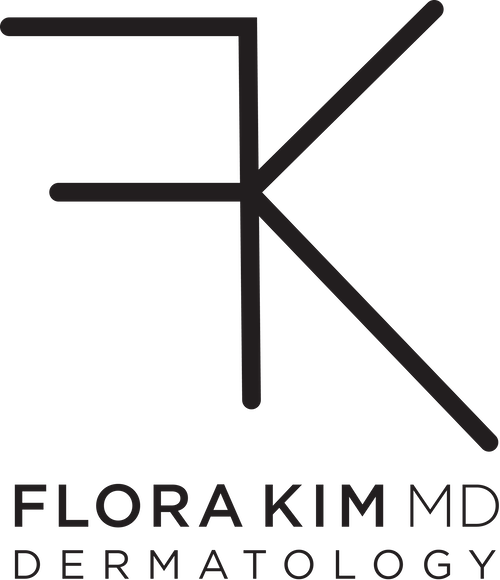Hyperpigmentation: Diminish Dark Spots Now

TO ARTICLE LISTEN TO ARTICLE
Hyperpigmentation is a common skin concern. But, it is also one of the most challenging to treat since many factors can trigger it. For instance, sun exposure can induce lentigines and freckles, while hormonal changes during pregnancy, childbirth, or menopause can trigger other types of unwanted pigment like melasma. That's why giving an accurate (and honest) history and lifestyle anecdote to your dermatologist is crucial to helping them figure out your triggers and put a stop to dark spots.
Unhealthy skincare habits are to blame too. Popping pimples, using peels that are too-aggressive, or even in-office procedures that are not right for your skin type will damage your skin, inciting excess inflammation. The result is unwanted post-inflammatory hyperpigmentation (PIH), in which darker skin types unfortunately are more prone to and have more difficulty resolving.
While it may be difficult to treat this darkening of the skin, it is not impossible either. The trick is to pinpoint what is causing the discoloration so you can devise a well-rounded strategy to not only diminish brown spots but also prevent future PIH.
1. Find the Right Solution
As hyperpigmentation is multifactorial, there are numerous solutions to treat it, depending on what is causing the unevenness in skin tone. Keep in mind that a specific product tailored towards a certain hyperpigmentation issue may be less effective against another type of skin discoloration.
To illustrate, an oral prescription of tranexamic acid is highly effective in resolving heat triggered melasma, while PICO lasers are better adapted for freckles and sunspots. That is why it is crucial to identify the exact cause so that you choose the correct products and interventions for your hyperpigmentation.
2. Employ a Well-Rounded Strategy
When you’re trying to lose weight, it is not enough to only do cardio every day. You will need to pair it with some weight training exercises and a nutritional diet to see results. Similarly, to eradicate hyperpigmentation, you will need a well-rounded strategy consisting of an at-home skincare regimen, a mix of over-the-counter (OTC) and prescription products, as well as in-office procedures.
Think of your at-home skincare regimen as the foundation of your clear skin pyramid. Be diligent in protecting your skin by practicing sun-safe habits, like applying the right sunscreen, to prevent further skin darkening. Also, practice self-discipline by not picking or scratching your skin, particularly during active breakouts.
To make your daily skincare routine a powerful foundation, you will need the right combination of skin-lightening ingredients. Many OTC products contain effective skin-lighteners like kojic acid or azelaic acid, and the more talked about hydroquinone. Yet, it is important to note that in terms of efficacy, OTC products can only take you so far. The reason being, most active ingredients in these products cannot exceed a certain percentage without a prescription. For example, OTC hydroquinone is only available up to 2%, which may not be enough for certain individuals. That is where prescription products come in as they contain significantly higher concentrations of active ingredients which can fade away lingering dark spots better and quicker.
Sometimes, a rigorous at-home regimen may not be enough, particularly for uncooperative dark patches. In such cases, it is recommended to go for in-office procedures such as lasers and medical-grade chemical peels.
Dark Spots, Begone
One thing to note is that you may see amazing results after months of hard work. But, the mere act of forgetting to put on sunscreen and spending 10 seconds under the sun may undo all your efforts. As such, practicing due diligence every single moment is necessary if you want everlasting skin clarity.







